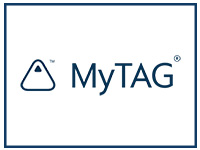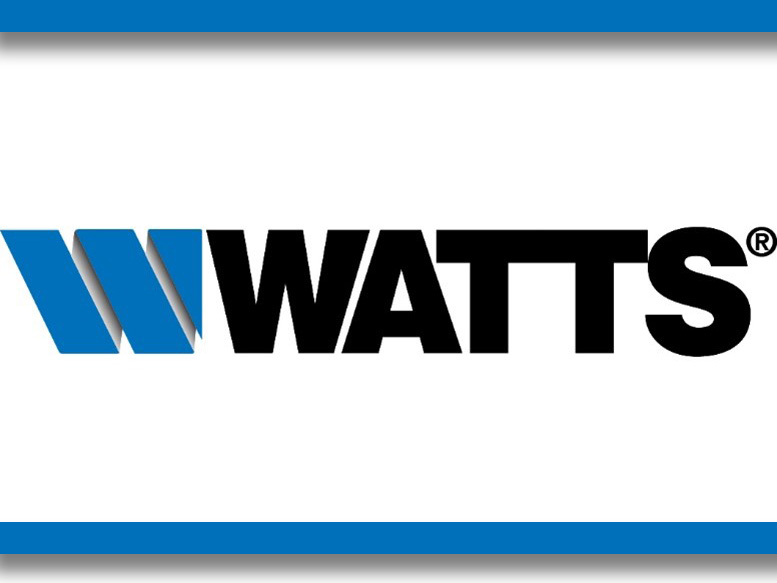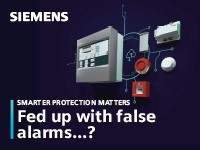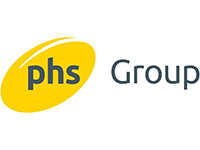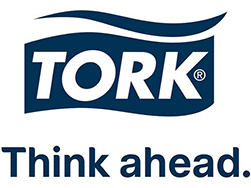Gas Safety For FM Professionals
 Potentially harmful gases are present in a wide range of settings and industries, and their monitoring and control is a key part of the role for FM professionals. However, the topic can also present specific challenges which may stretch existing knowledge and experience for FMs. Here Simon Hopwood, of Draeger Safety UK, outlines some of the key considerations when thinking about gas safety.
Potentially harmful gases are present in a wide range of settings and industries, and their monitoring and control is a key part of the role for FM professionals. However, the topic can also present specific challenges which may stretch existing knowledge and experience for FMs. Here Simon Hopwood, of Draeger Safety UK, outlines some of the key considerations when thinking about gas safety.
Don’t Assume Your Existing Knowledge Is Correct
It is understandable that many FMs approach the topic of gas safety reliant, at least in part, on their existing knowledge of the topic. However, much of the commonly known facts about gas safety are in accurate.
A good example is H2S (hydrogen sulphide). Because of its well-known ‘rotten eggs’ smell, many think that a leak or build up would be obvious. This is not the case. Above a certain concentration, H2S damages the nasal receptors, making safe detection without proper monitoring technology impossible.
Specific training on gas safety – particularly the specific gases relevant to your setting or facility – is usually an invaluable way of helping to correct these types of misconceptions.
Be Alert To ‘Work-Arounds’
People can be complacent about gas safety and take matters into their own hands. For example: a meat-processing factory that uses carbon dioxide and nitrogen in the packaging process – both gases pose serious risks at certain concentrations. A team had decided that they would simply open a door to ventilate the area and prevent gases building up. The only truly adequate solution is to install a suitably designed and fixed gas detection system that alerts staff to the potential build-up of harmful gasses, while automatically triggering mitigating actions such as pre-programmed ventilation.
As well as assuring safety of workers, a system, where ventilation is controlled by the gas detection system, can also bring commercial benefits. Rather than ventilation fans running permanently, they can be turned on when required, based on the condition of the atmosphere being reported by the gas detection system.
Use The Right Equipment In The Right Setting
People often don’t realise that different types of monitoring and detection devices are needed for different settings and applications. For example, a common mistake is for portable personal gas monitoring devices to be used instead of a permanent point detector. Portable monitors are battery powered, which introduces an opportunity for human error if they are not sufficiently charged and they are therefore unsuitable for constant monitoring requirements. Additionally, their alarms are designed to be heard or seen when worn about the person, so are not sufficiently loud to warn someone on the other side of a room or other large space. Most importantly they cannot be positioned to detect the risk (in the workspace) or to warn an operative when an area is safe to enter (outside the workspace.)
A gas detection device should be easy to use and provide sophisticated functionality. This is particularly important when connecting it to other devices and control systems for management-level summary data and reporting.
Consider Every Space
Some spaces, such as boiler rooms or gas storage cellars, are more obvious gas safety risks, but many are less apparent or even hidden. Consulting detailed building plans ensures that all spaces at a site have been considered. For example, it’s not uncommon for portable or bottled gas to be stored in cabinets or cupboards, and these confined and unventilated locations are often high risk – particularly in large or complex sites.
With speculation around the increasing use of shared workspaces post-Covid, and in settings such as science parks and innovation centres, knowing every space is crucial. The hybrid use of these spaces means that any individual business’ approach to gas safety is linked to the safety of other users and building tenants. Gas safety should be easy to understand and as automated as possible, much like fire safety. FM professionals play a crucial role in ensuring building-wide safety and a joined-up approach.
Flexibility And Scalability Are Key
Gas safety is a high priority for the HSE, and it’s likely that regulations will become stricter in the future, particularly with increased environmental consciousness and lesser known fuels, such as hydrogen, driving awareness of the topic.
The solution is to build flexibility into gas safety planning, ensuring that any providers you work with have the capability to offer a wide range of gas detection technologies. As in many fields of facilities management, it’s a case of not necessarily opting for what appears to be the most cost effective solution on day one but planning for future expansion.
















